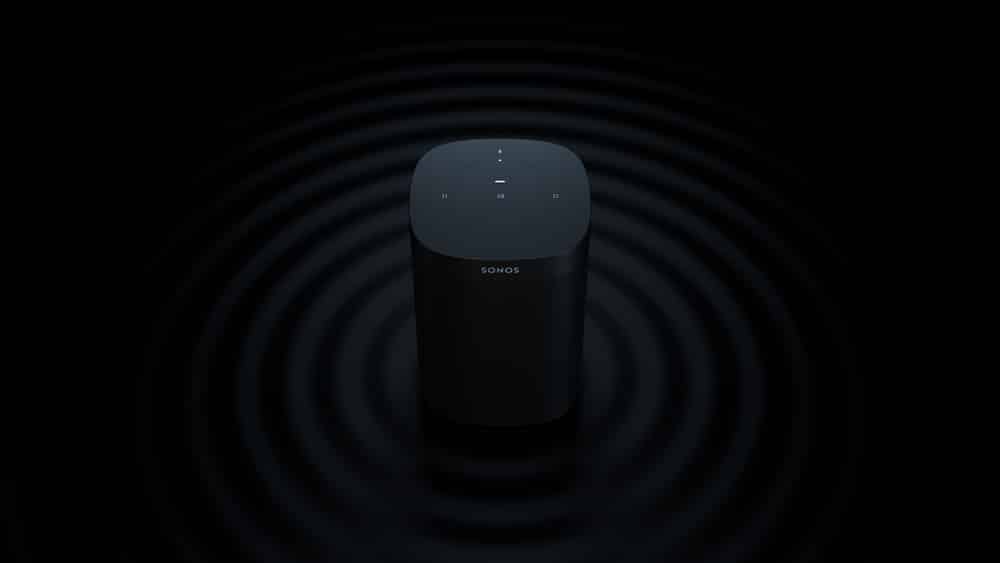
The smart audio systems from Sonos have always had a premium spot in the market. While the market is loaded with Sonos alternatives, not a single brand can keep up with the features or the sleek outlook of the Sonos devices. The only issue with this device that discourages most owners from purchasing this unit is the price point. Not every homeowner can justify spending hundreds of dollars on a new Sonos device.
For this reason, an increasing number of owners are shifting towards open source Sonos alternatives. These options are not as refined as the actual Sonos system, but you will still enjoy a ton of features without going out of budget.
Open Source Sonos Alternatives
- SoundSync
This open-source alternative to Sonos brings a complete audio solution to the owners. As long as you’re using the code for personal use, it is totally free and can be personalized to fit your audio requirements. So, if you’re looking for an easy-to-use open-source Sonos alternative, then it is a good idea to start with SoundSync.
The customization and the basic interface brought forward by this option are pretty easy to use, and there aren’t any extra steps involved when it comes to the management of your sound devices.
- OpenSound
This option is also pretty popular among homeowners when it comes to the most effective open-source Sonos alternatives. The best thing about OpenSound is its easy compatibility across all devices. You won’t have to limit yourself for synchronized performance, and simply connecting to the server will get you the desired performance.
The only thing that you need to manage is the Wi-Fi latency, and there won’t be any issues with this solution. So, if you’re running into sync issues, just try to increase the Wi-Fi strength, and it will have a massive impact on the system performance.
- Snapcast
Snapchat is another great option as an open-source Sonos alternative for most users. However, the community support and the installation of this option are a bit difficult. You will struggle to start out with the music system, and it can be quite complicated if you have no prior knowledge of this device.
So, your best bet is to start with a smaller setup and then add more devices as you get the hang of this option. The creation of groups and individual streams all play a role in optimizing the audio performance in your household.
- Polaris
The Polaris open-source streaming service helps owners centralize the music system in their household. All of the features brought by this software are free, and you won’t have to put any money into a membership to benefit from extra features. As far as the customization features are concerned, you will have to spend some time learning the functionality of this option.
Luckily, the community forums are filled with instructions, and you can start an additional thread if you’re stuck in any configuration step. The interface is somewhat similar to Snapchat, and it is primarily meant for private use.
- MusikCube
In terms of basic performance, this is one of the most refined open source options for audiophiles. While the features on MusikCube are pretty limited when comparing it with OpenSound, you will still get a decent performance from this option. So, if you’re trying to avoid extensive configuration steps and just need a simple option to enjoy better audio quality, then MusikCube is the best option.
Because of its popularity in the community, there is no deficiency of support for the users. So, test out this system if you’re looking for a quick and easy-to-implement solution for Sonos units.
- Stretto
Last on the list for open source Sonos alternative is Stretto. This program is not that refined when compared with other options mentioned here, but if you’re not getting anywhere with any of the alternatives mentioned above, then there is no harm in giving Stretto streaming services a try. The servers should work perfectly as long as you’ve managed the device synchronization properly.
The best alternative here is the OpenSound solution because of the increased number of features and simple interface. So, your best bet would be to start out with this option if you’re thinking of upgrading the music system with more devices.